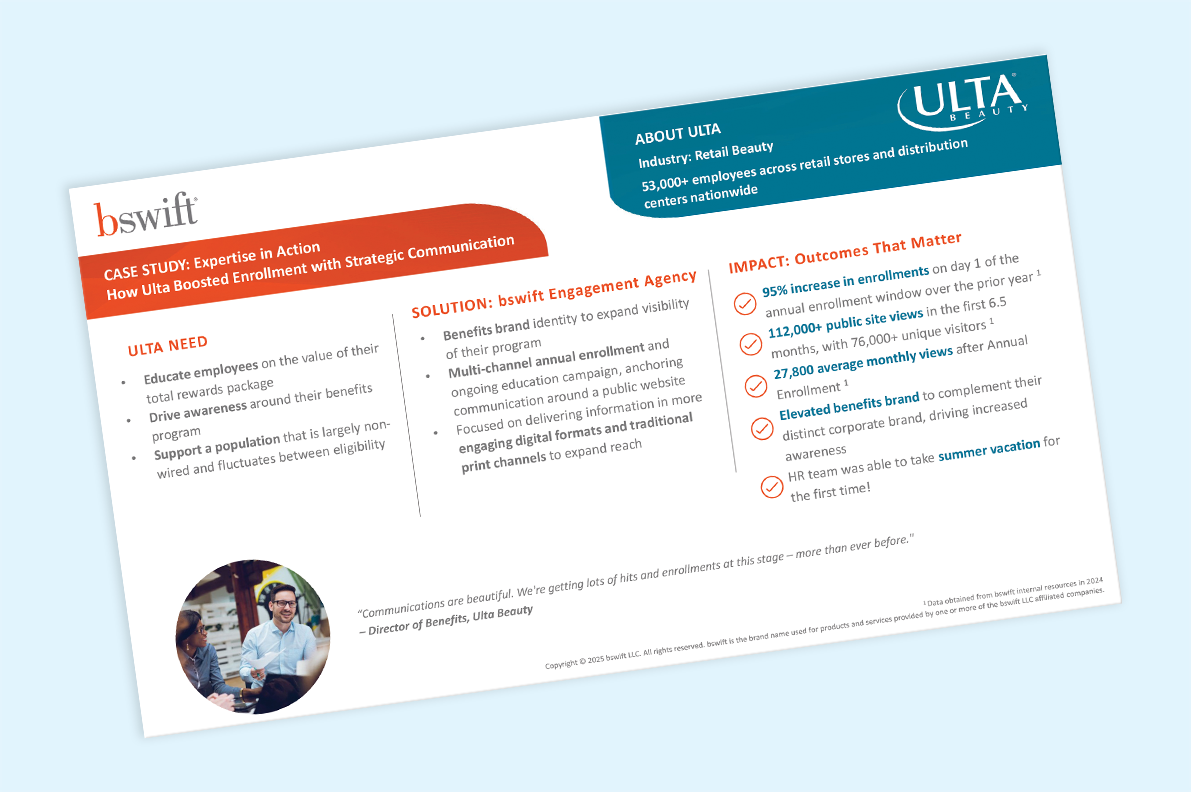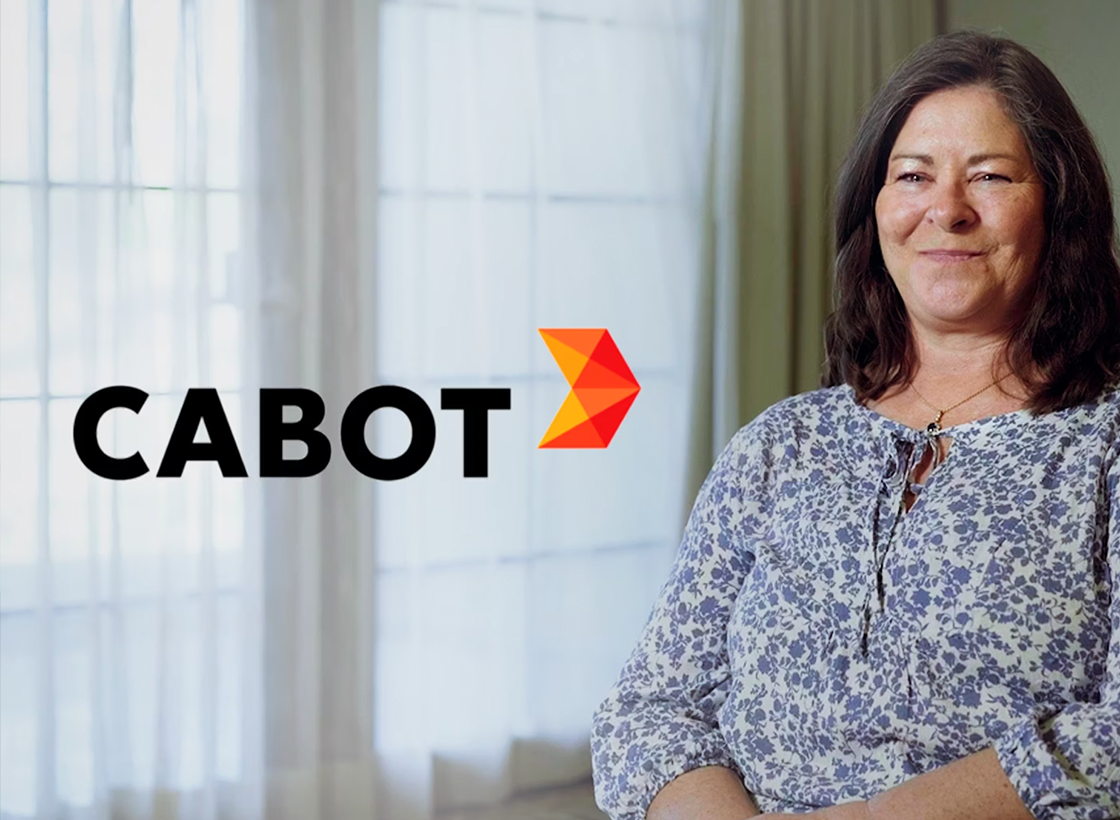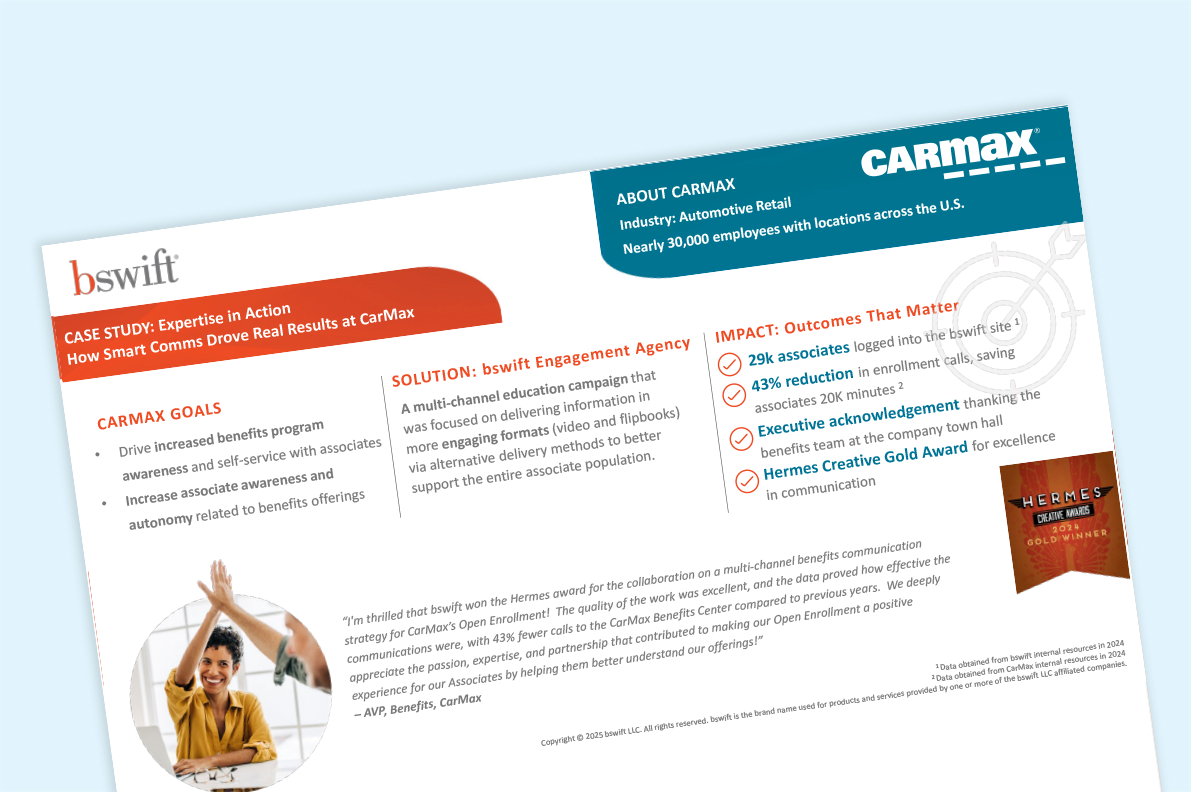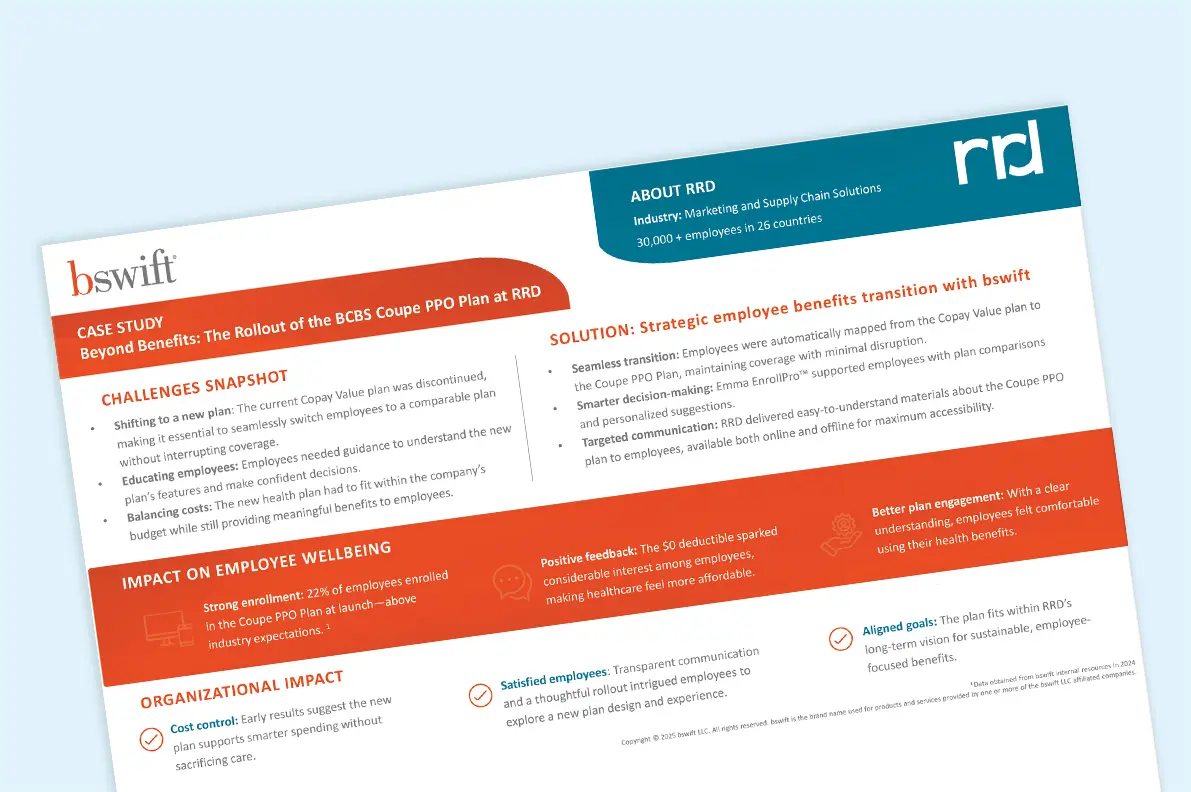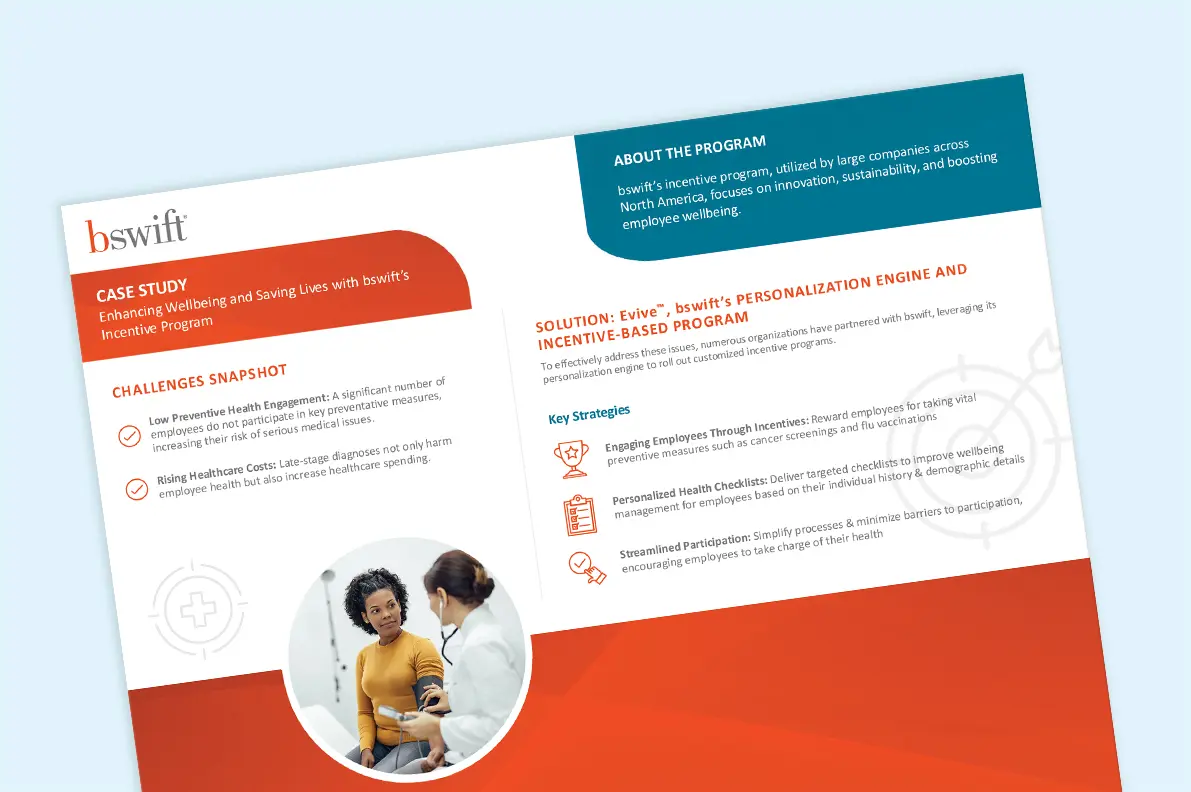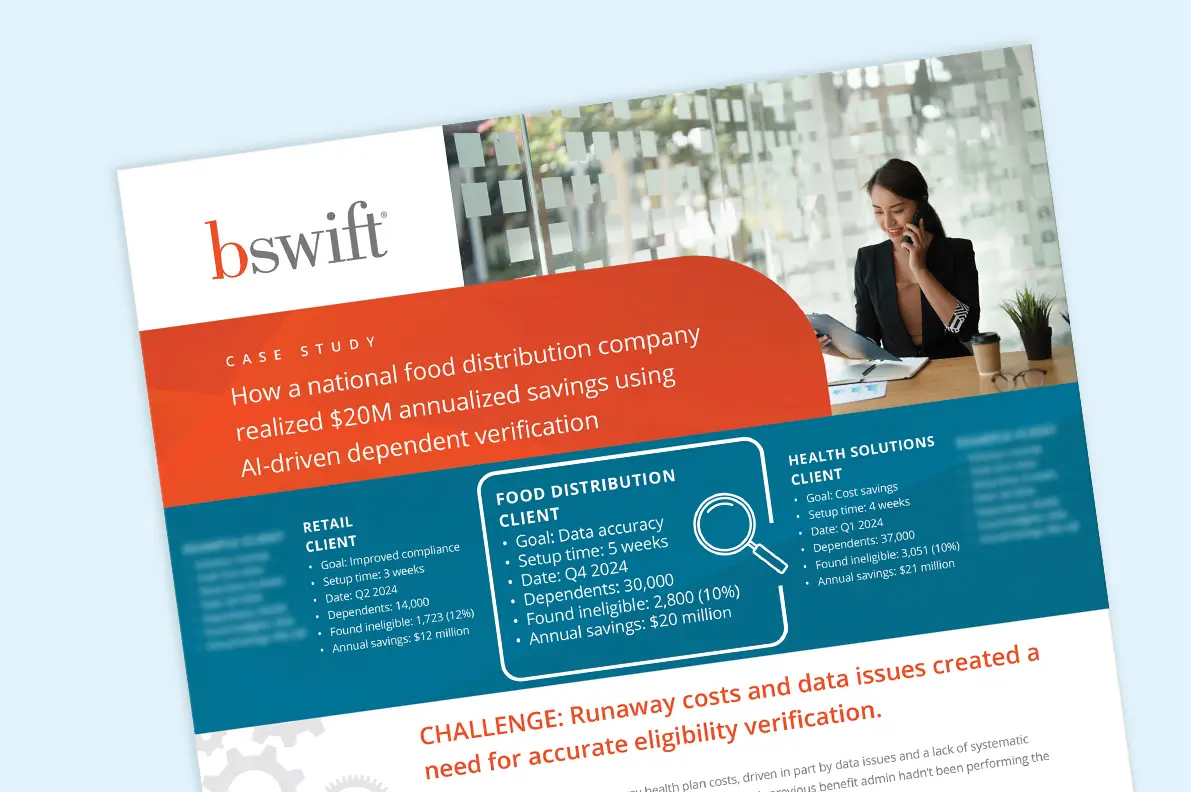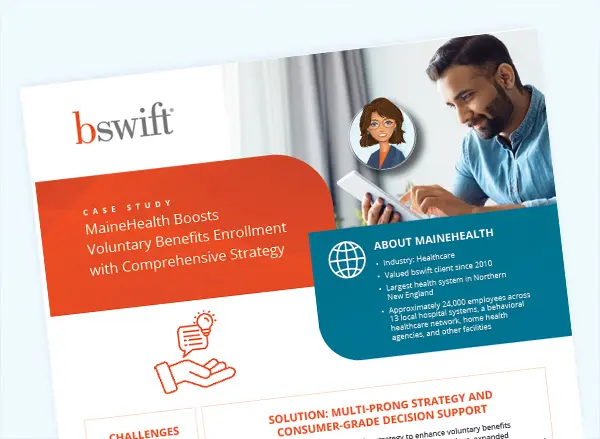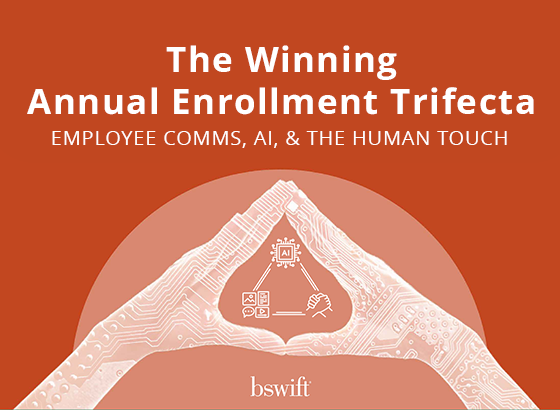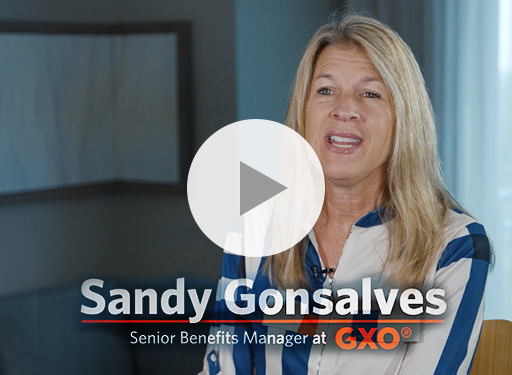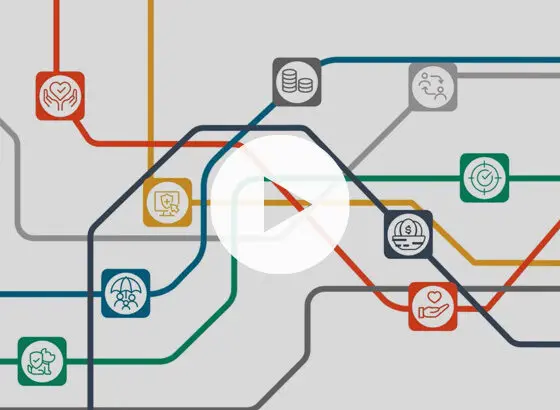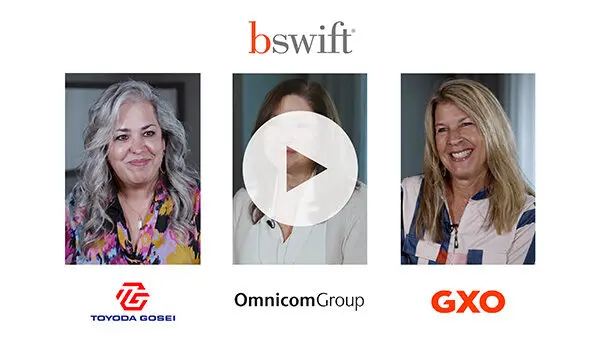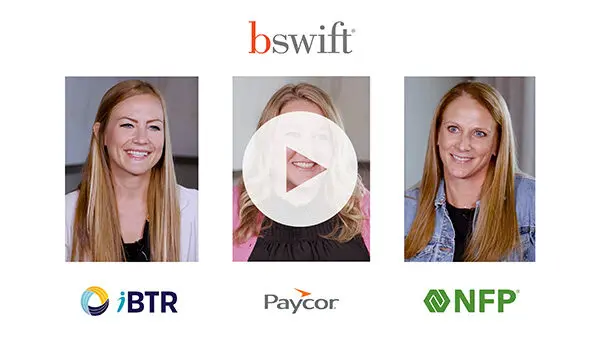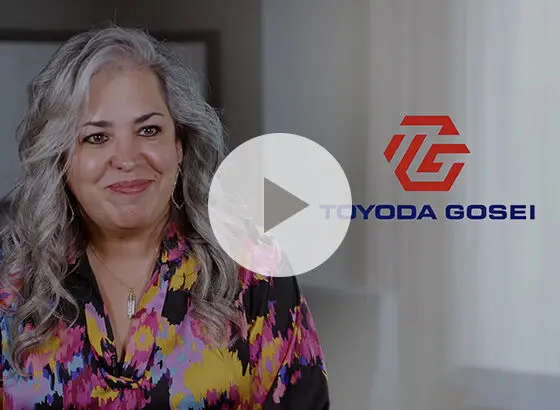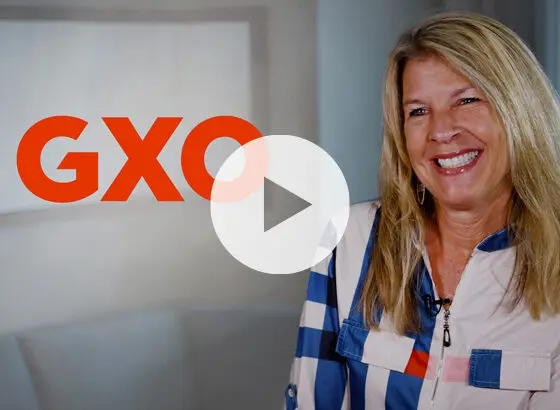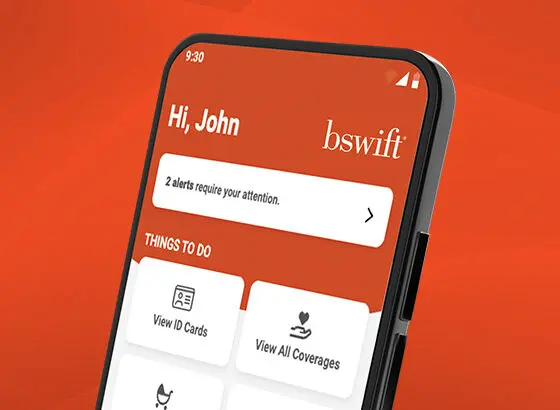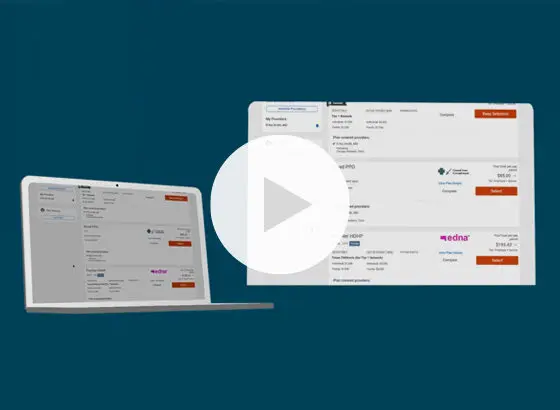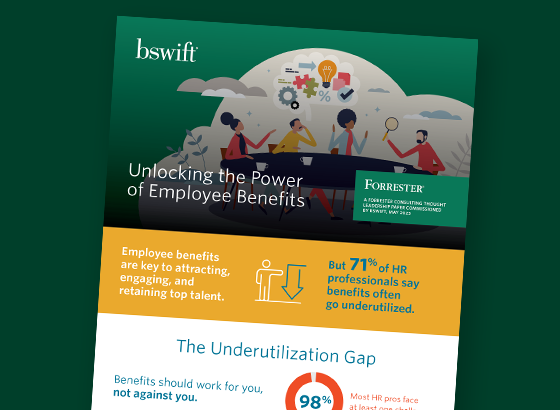If open enrollment had a theme song, it’d probably be a remix of “Under Pressure” and “I Will Survive.” This time of year feels like navigating choppy waters—a wild mix of spreadsheets, compliance hurdles, and caffeine.
Whether it’s your first voyage or your fifteenth, open enrollment somehow still feels like it sneaks up. One second, you’re daydreaming about heading to the beach, the next, summer is coming to an end, and you can practically see the tsunami of work headed your way.
And when that wave hits? You’re not just managing benefits. You’re managing expectations, technology, timelines, vendor updates, and roughly 1,153 other questions that all start with, “Quick question about…” But you know none of them are that quick.
We see you. We’re with you. And we’ve put together something to help you make the whole process a bit easier.
But first—why does this season always feel like rough seas, and so… extra in the first place?
Why is open enrollment so busy?
Because it’s not just one thing. It’s project management. It’s critical internal communications. It’s IT work, compliance checks, vendors, reviewing plan designs, updating eligibility rules, scheduling manager trainings, answering questions from employees, and double-checking that nobody accidentally waived their health insurance. It’s a lot.
Open enrollment is everything, everywhere, all at once. And it happens while you’re still doing all the rest of your job.
And yet, somehow, HR is expected to—and does—roll it all out flawlessly. No pressure, though, right? That’s why we created the Annual Enrollment Checklist for HR Pros.
What’s in the annual enrollment checklist?
Short answer: It has everything you need to get in the right frame of mind to plan and execute—without considering retiring early to Tahiti (though, to be honest, that’s still tempting).
Long answer: This checklist breaks your annual enrollment planning up into manageable chunks. From the early “Where do I even start?” phase to the sigh of relief after the final wrap-up, you’ll have a list, and the satisfaction of crossing items off it as you accomplish them.
This checklist is organized around five key phases. There are simple, clear steps to take in each phase. Here’s a broad outline of what you’ll find to accomplish at each step:
- Early planning (12–16 weeks out): Set your course by determining your enrollment dates, checking in with communication partners, vendors and various stakeholders, and revisiting lessons from last year on what worked well and what can be better.
- Strategy & design (6–12 weeks out): Finalize plan changes and rates, develop key messages, review and revise materials, train service center on changes and build out what’s needed to begin testing your benefits admin system.
- Prep & preview (3–4 weeks out): Start preparing employees. Test everything again. Arm managers with talking points. Launch your enrollment communications and engagement plan.
- During enrollment (go time!): Launch your enrollment window, monitor participation, and troubleshoot, adjust, and remind (aka hold hands) where necessary.
- Post-enrollment (close out): Audit your files, confirm the elections match deductions, gather feedback, and document lessons for next year while they’re still fresh.
Each phase comes with an actionable list of steps to take. While the timeframes for these steps work well for most organizations, larger ones may benefit from starting earlier, and smaller ones may find a more compressed timeline still works for them. Bottom line: These steps help you stay the course, focus on what matters most, and keep things moving forward without the stress of information overload.
We organized it so you can tackle everything in a methodical way that helps you get your team to streamline things and execute a more strategic enrollment season—one that feels less like a storm and more like smooth sailing.
What makes this HR enrollment checklist different
There’s no shortage of HR templates out there. But this one walks you through each stage of your annual enrollment planning, breaking it into manageable, bite-sized pieces. It was built for real life. Think of it like your first mate, not a policy manual. It’s there to help you stay steady—not feel like you’re adrift.
You can read it with a highlighter in hand. Or pin it to your wall. Or forward it to your team to get everyone (literally) on the same page. And no, this checklist won’t calm every storm (sorry!), but it will help you chart a smoother course. And sometimes, that’s all you need.
You’ve got this. And bswift’s got your back.











